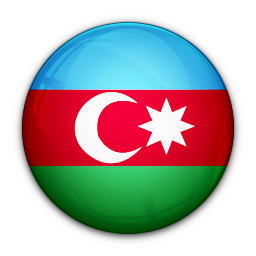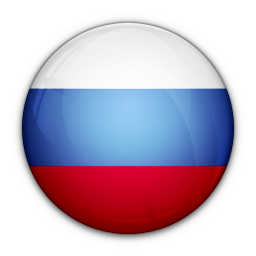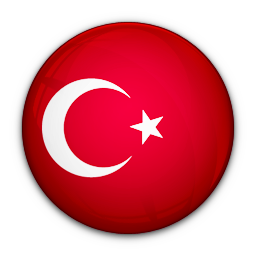Eczema Treatment
Namely dermatitis, eczema is characterized by epidermal oedema (spongiosis). Predominant types of eczema are allergic contact dermatitis and primer irritant contact-dermatitis. Other types of eczema are atopic dermatitis, seborrheic dermatitis, discoid eczema and lichen simplex chronicus.
Atopic dermatitis usually occurs among children, and it is a rare, recurrent, itchy condition. There is a tendency to occur within the family members, and it is believed many genes are involved. The disease is often associated with asthma and pollinosis. Eczema-excoriation and lichenification, generalized xeroderma on flexor surfaces are clinical features of atopic dermatitis.
Topical corticosteroids are the most effective topical agents, but they cause skin thinning, suppression of pituitary-adrenal axis and a rebound after discontinuation.
Seboraic dermatitis shows up on scalp, flexor surfaces and middle body. On the face, pink spots with excessive dandruff and flaking on the skinfolds are characteristic. It is highly common among elders, particularly on their large flexor surfaces.
Discoid eczema shows up especially among middle-aged and elders. It is characterized by round and red scaly lesions. It needs to be distinguished from psoriasis and Bowen's disease. For treatment, moisturizer and corticosteroid are used.
Eczema Craquelin (asteatotic eczema) shows up among elders, particularly on the dry surface of leg and is characterized by a red rash in the form of a strange tile.
Lichen simplex chronicus is an itchy dermatitis, which occur on the inner side of ankles and the dorsal side of neck. On the affected areas, well-defined, raised, red excoriate and lichenified areas can be seen. The disease is very persistent, but highly efficient topical corticosteroids may be useful.
Venous eczema occurs on the lower legs of elderly patients with venous hypertension. It is considered that those patients have an allergic contact dermatitis against substances used in the treatment of venous ulcers.








